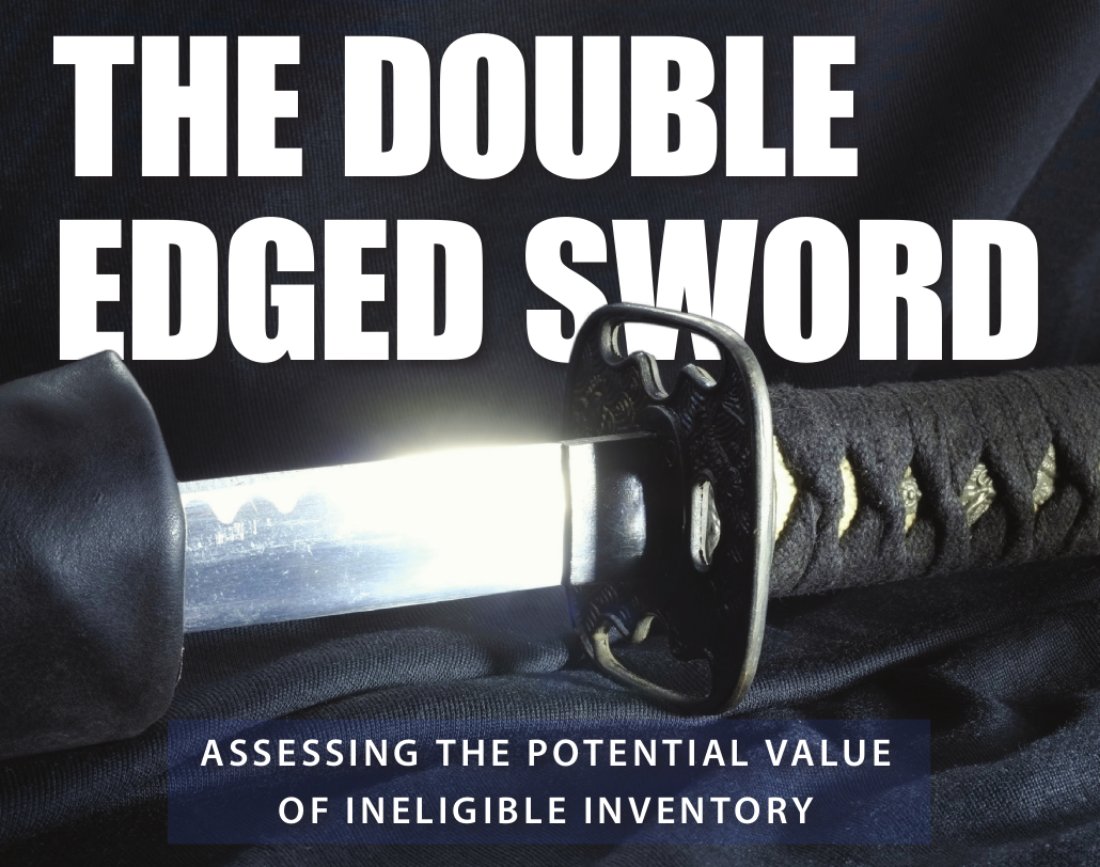
Ineligible inventory – a category of assets that banks avoid lending against – can represent a double-edged sword for asset-based lenders. On the one hand, lenders know that when they don’t lend against such items as raw materials, samples, in-transit goods, or slow-moving inventory, they can often leave themselves a cushion to recoup value and mitigate risk. On the other and, experienced lenders are not interested in blanket statements by their appraisers regarding excluded items. Lenders want specifics. Depending on the circumstances, one borrower’s ineligibles might be immensely valuable, while another’s could amount to scrap. Understanding this value can provide an ABL lender with a competitive advantage.
Often, retailers will ask lenders to count their in-transit goods as eligible inventory on the basis that it is the freshest, most seasonally relevant product and, therefore, the most valuable.A seasoned appraiser, however, will know to take a closer look, and ask such questions as: “How long before these goods arrive at the DC?”, “When does title pass to the retailer?”, “Are these items backed by L/Cs?” If the retailer’s inventory were to be liquidated during an eight-week sale, and the in-transit goods are not expected to arrive in the store until week four, the incoming product would debut on the sales floor at midsale discounts—margins hardly worth the trouble. And, if the troubled retailer is also indebted to the supply-chain vendors who ship, store and truck the goods, the in-transits may never reach the stores. In most GOB sales, liquidators will not buy in-transit goods until they physically arrive at the DC.
Nonetheless, it would be a mistake to make a blanket statement such as “never waste time on in-transit goods.” Under the right circumstances, the lender can be confident that a certain portion of this merchandise will make it into the sale without any undue loss of value. The goal is to weigh all relevant factors to get as clear and accurate a picture as possible, not only of the value of the assets in play, but also the likelihood that this value can be recovered.
Understanding the potential added value of ineligible inventory requires asking the right questions. And when it comes to understanding exactly what questions need to be asked, there is no substitute for experience – particularly disposition experience. In the case of a jewelry company, for example, an appraisal firm with little jewelry disposition history might survey the debtor’s damaged pieces and ascribe a melt value for these items. A veteran liquidator who has jewelry-specific expertise, on the other hand, will provide guidance on the potential benefits of repairing the goods. For instance, loose stones can be turned into studs and sold at full retail price. Likewise, gold buyback programs are increasingly prevalent throughout the jewelry industry. An experienced appraiser can help the lender understand the true value of these often-excluded assets.
There are many other types of ineligible inventory. The list includes work-in-process, slow-moving goods, displays, blanks, on-order inventory, consigned merchandise and more. Are there risks associated with some of these asset categories? Sure. But under the right circumstances, they can also represent significant additional value. Firms with dual expertise in appraisals and dispositions can not only help lenders feel more confident that their investments are well-collateralized, but assist in identifying additional collateral value.



